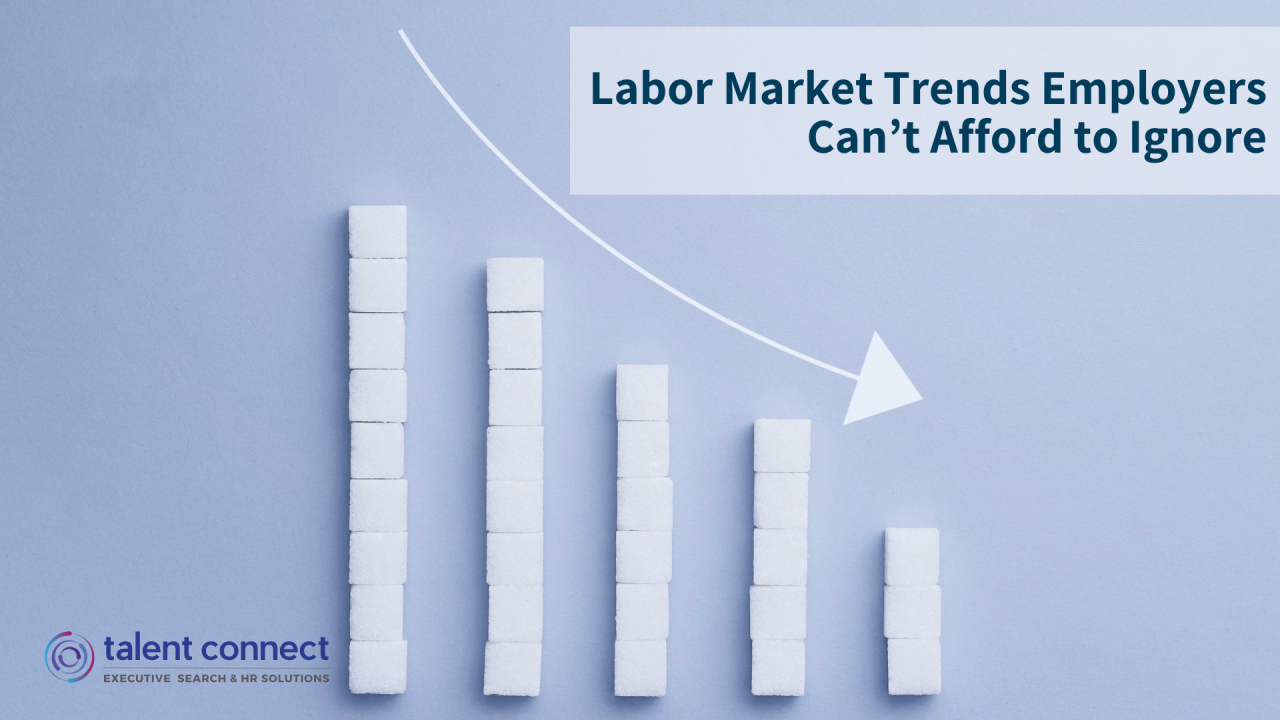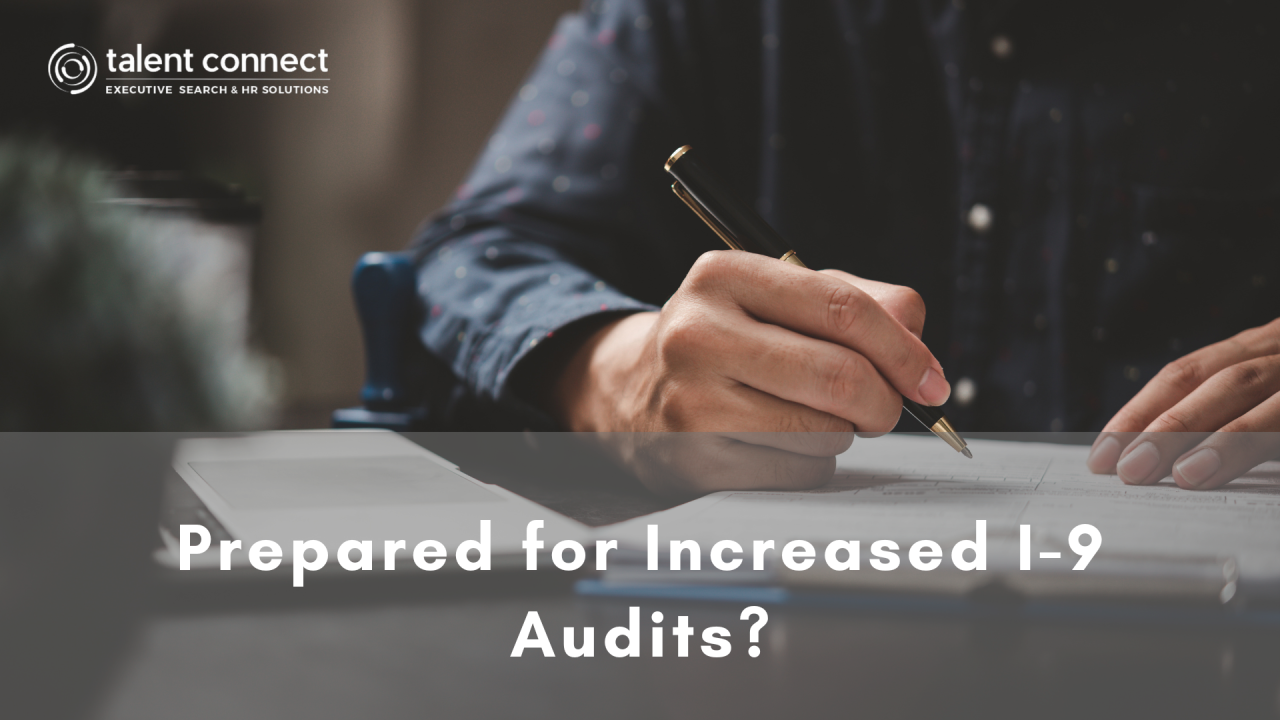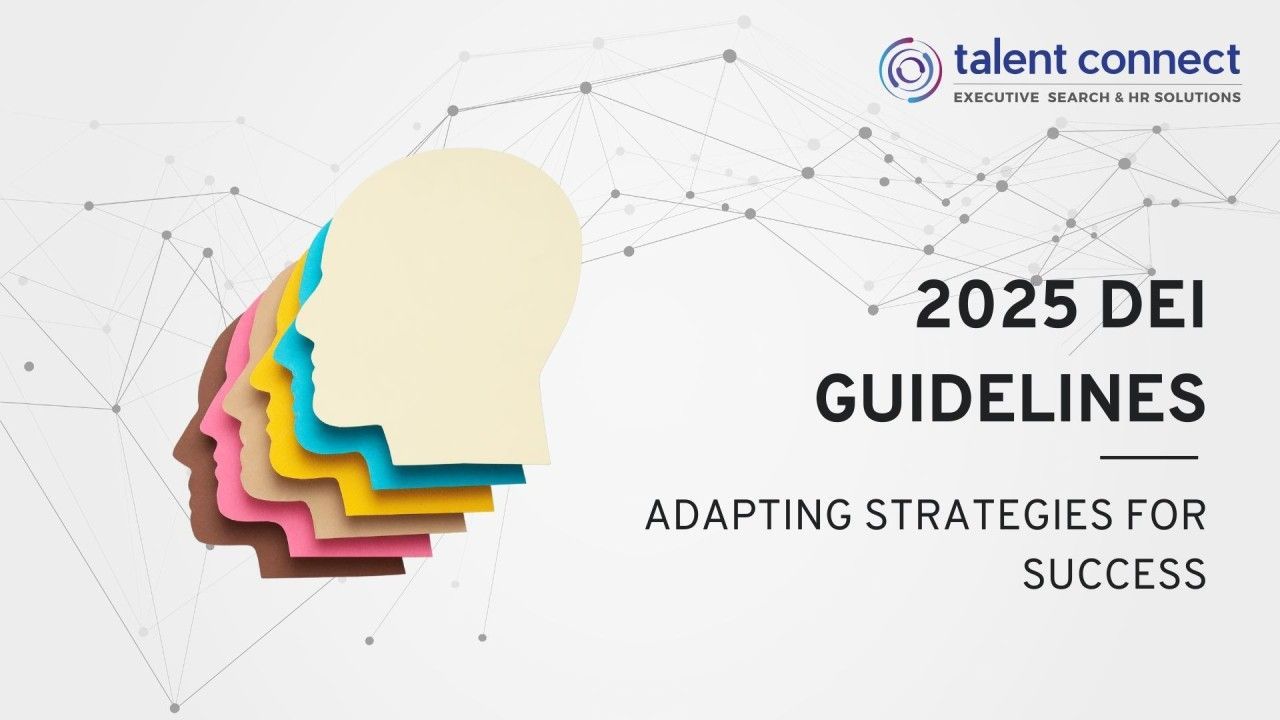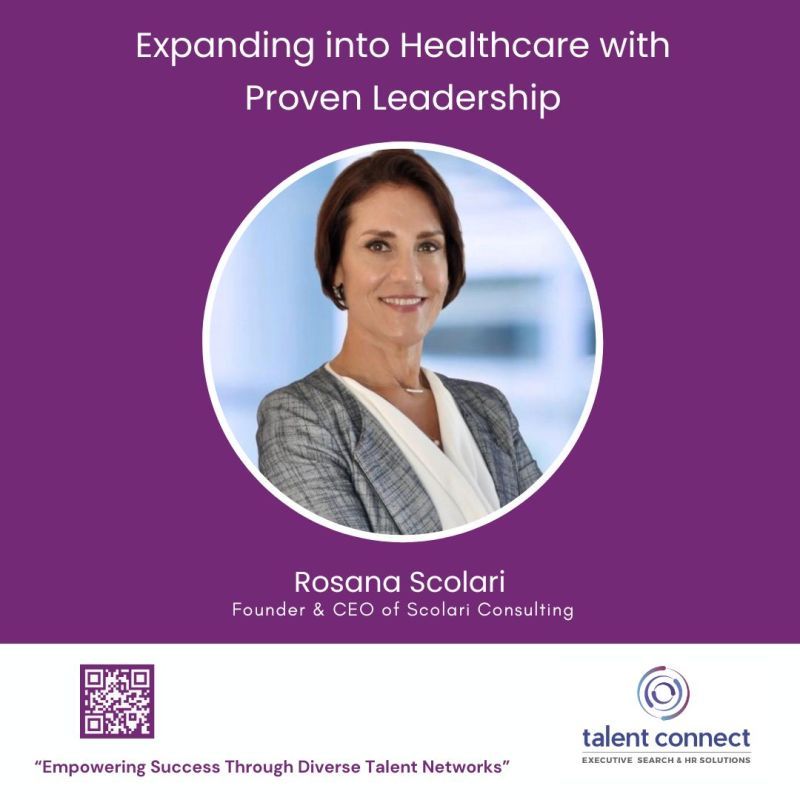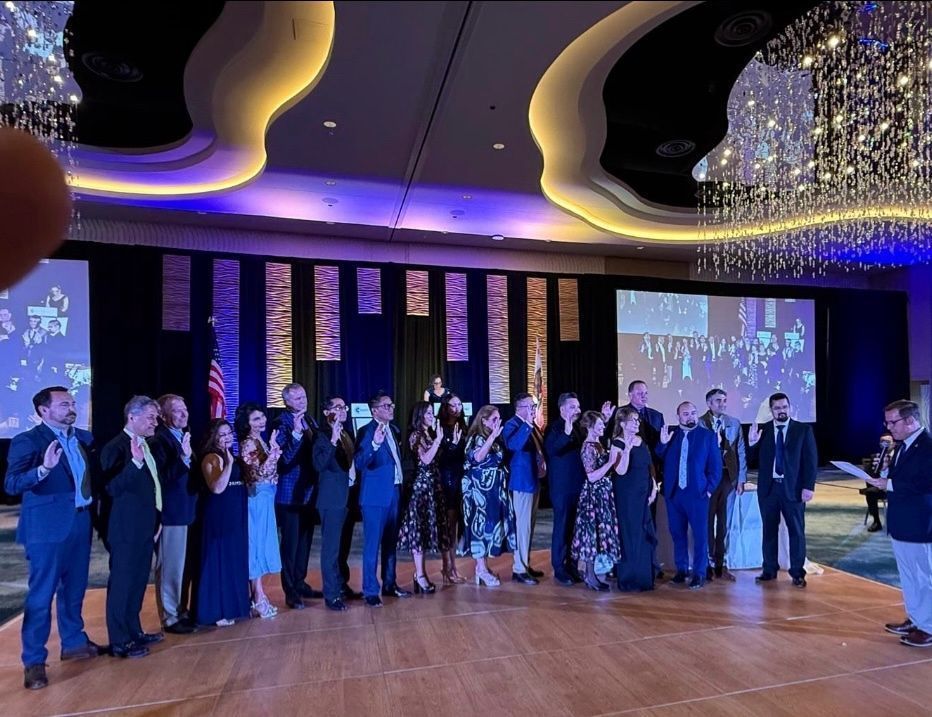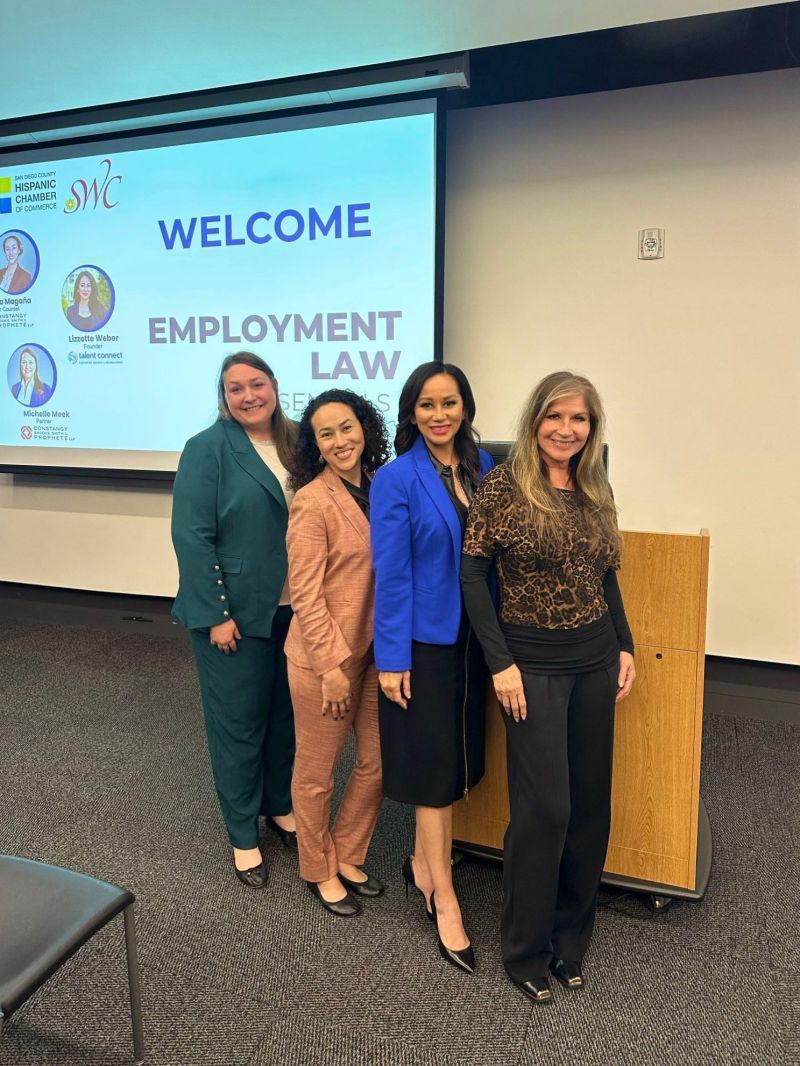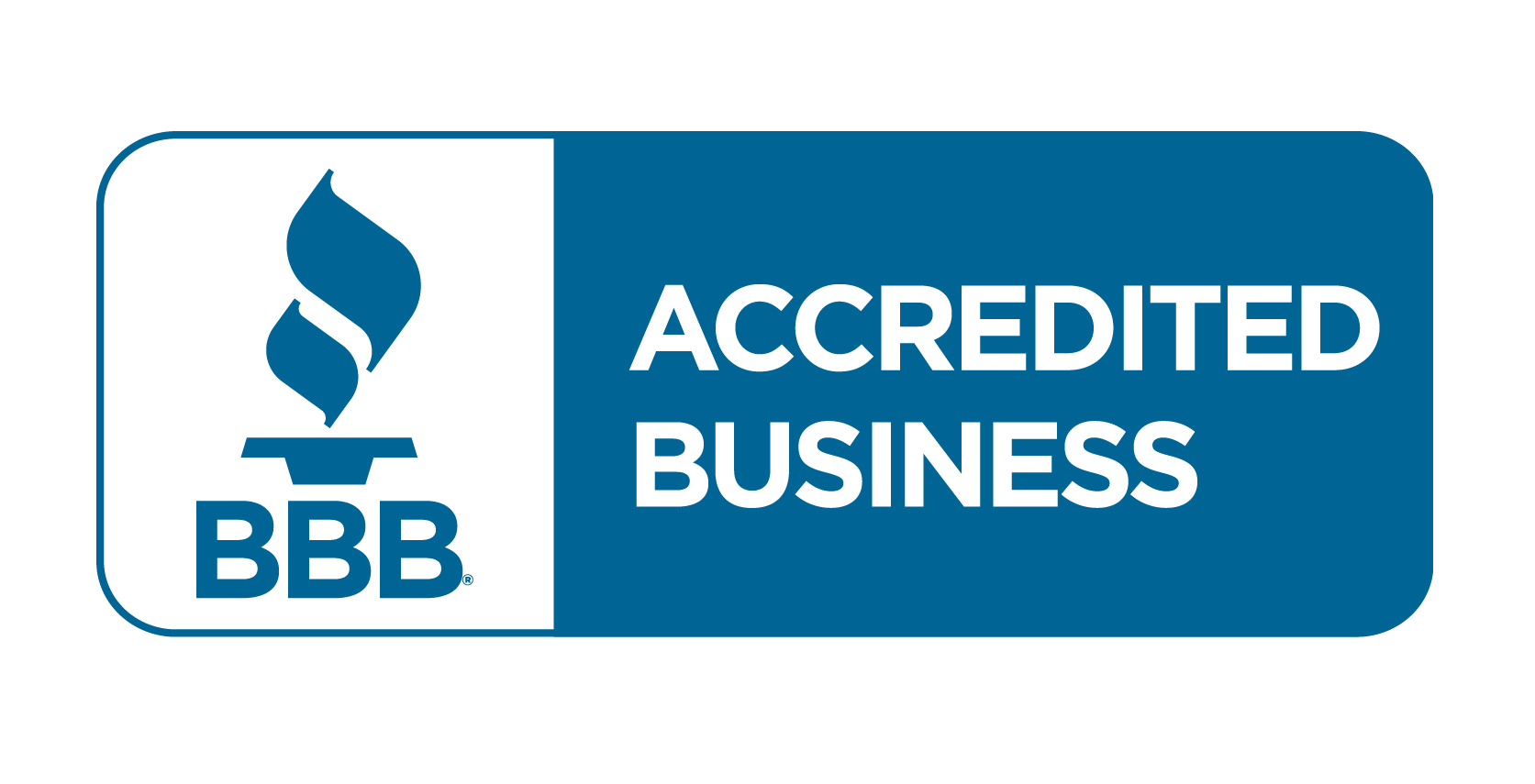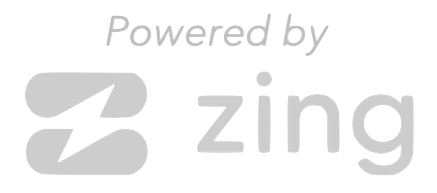By Lizzette Weber
•
May 5, 2025
As Q2 of 2025 unfolds, the U.S. labor market is walking a tightrope—showing strong headline numbers while revealing deeper shifts beneath the surface. For California employers, HR leaders, and job seekers, understanding these evolving dynamics is critical to developing smart, future-proof talent strategies. A Labor Market in Transition According to SHRM’s Senior Labor Economist Justin Ladner, the U.S. economy ended 2024 on solid footing. Revised job reports from late last year showed strong nonfarm payroll growth, and early 2025 continues to reflect healthy employment gains—suggesting a return to post-pandemic normalcy. But this recovery is uneven. Job creation is not spread equally across sectors or regions. Lagging indicators—like unemployment rates and turnover data—can mask real-time labor shifts. Federal policy changes, such as shifts in government spending, contractor rules, and trade tariffs, may also alter hiring trends in ways not yet reflected in the data. For employers, relying on national averages is no longer sufficient. Industry-specific and regional insights are essential for staying competitive. Growth Industries to Watch Health care and social assistance continue to lead job creation. Since February 2022, this sector has added over 2.8 million jobs—nearly one-third of all new roles nationwide. As the population ages, this demand is expected to grow well into the next decade. Government jobs have also grown significantly, adding 1.57 million roles across federal, state, and local levels. Most of the gains are at the local and state level, reflecting continued need for educators, public safety staff, and municipal workers. For employers in these sectors, the challenge lies in recruiting and retaining talent in an increasingly competitive environment. Investing in professional development, internal pipelines, and succession planning is crucial. Declining Sectors and the Role of Automation Not all industries are on the upswing. Retail trade continues its long-term decline, adding only 10,000 jobs since early 2022. The shift to online shopping, automation, and changing consumer habits is transforming the traditional retail workforce. The information sector—which includes tech, media, and telecom—saw a pandemic-era hiring boom driven by remote work needs. But since late 2022, it has experienced softening, with job losses across the board. While the sector remains critical to innovation, employers should brace for short-term fluctuations. Administrative and support services have shed nearly half a million jobs in the same period. Many roles in this sector involve repetitive tasks, making them highly vulnerable to automation and artificial intelligence. For organizations in these affected industries, now is the time to rethink job structures, invest in upskilling, and adopt more tech-forward staffing models. Regional Labor Availability Tells a Different Story While national labor statistics may look stable, local realities vary. The unemployed-to-job-openings ratio (UJOR), a key labor supply measure, stood at 0.9 nationally in early 2025—indicating fewer job seekers than jobs. But that number ranges dramatically by state, from 0.4 to 1.7. California, Texas, and parts of the Midwest have more job seekers per opening, while regions like Virginia and the Mountain West face significant worker shortages. For employers in high-demand regions, recruitment may require offering hybrid options, expanding geographic reach, or developing relocation incentives to attract talent from outside the immediate area. Beyond Unemployment: Underemployment and Wage Trends The headline unemployment rate (U3) remains low at 4.1%. But a rise in the broader U6 rate—which includes part-time workers seeking full-time roles and discouraged job seekers—points to growing underemployment. Wage growth, another key metric, has cooled from a 2022 high of 5.9% to 4% today. While that’s a relief for employers managing inflation, it’s still above the long-term average of 3.1%, underscoring continued pressure in the competition for talent. Today’s candidates are looking for more than a paycheck. Work-life balance, meaningful career paths, flexibility, and strong company culture are now core decision factors. Hiring and Retention in the Post-Resignation Era Despite fewer hires, job openings remain elevated at 4.6%. This mismatch points to a widening skills gap: plenty of jobs, but not enough qualified candidates to fill them. The voluntary quits rate—a key driver of the “Great Resignation”—has declined significantly, suggesting more cautious employee behavior in an uncertain economy. Layoffs and discharges remain low, with most organizations holding onto the talent they already have. However, lower turnover doesn’t necessarily mean greater satisfaction. Workers may be staying put for financial security, not because they feel engaged or supported. This presents a critical opportunity for employers to focus on internal mobility, leadership development, and cultural alignment. What Employers Should Be Doing Now To navigate this complex landscape, employers must adopt a proactive, data-informed approach to workforce strategy. Dig into the data – National averages won’t cut it. Use labor market analytics tailored to your industry and region to inform recruitment and workforce planning. Prioritize workforce agility – From mapping future skills to refining internal pipelines, employers should plan not just for growth, but for transformation. Tap into passive talent – With fewer candidates actively job-seeking, recruiting efforts must extend beyond job boards. Strong employer branding and partnerships with executive search firms can help surface high-caliber, hard-to-reach talent. Double down on retention – Today’s workforce values transparency, development, and belonging. Offering clear advancement pathways and fostering an inclusive culture will drive loyalty and performance. At Talent Connect, our mission is to help employers make sense of these dynamic trends and build resilient hiring strategies. Whether you're looking to fill critical roles, optimize workforce planning, or recruit top executive talent, we’re your partner for navigating what’s next.
